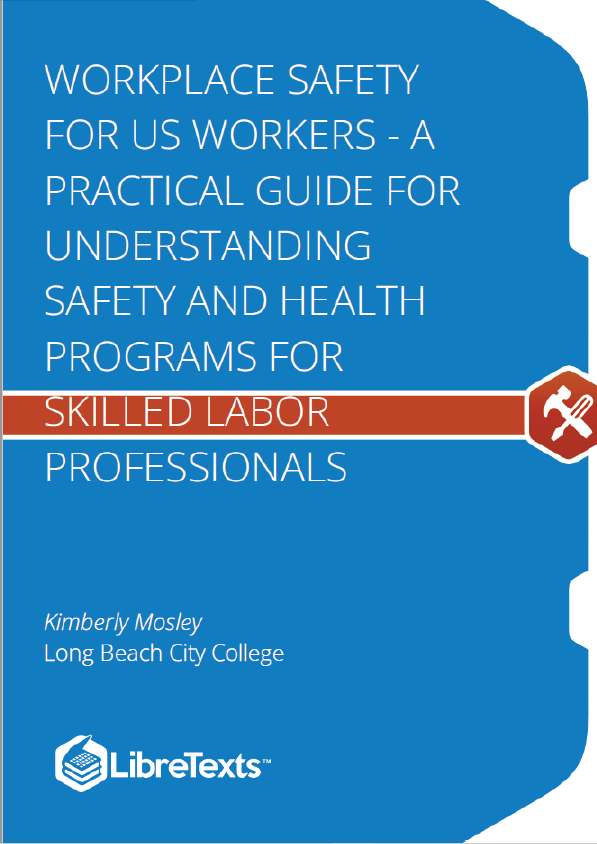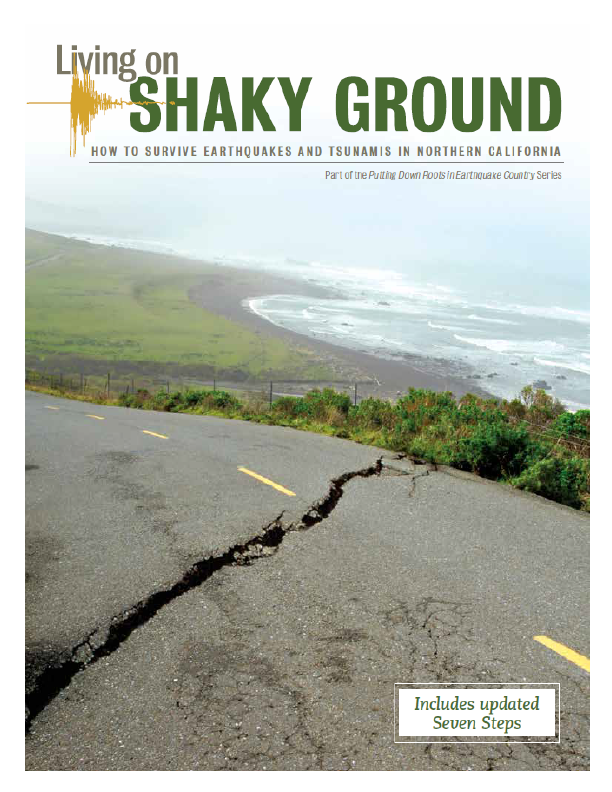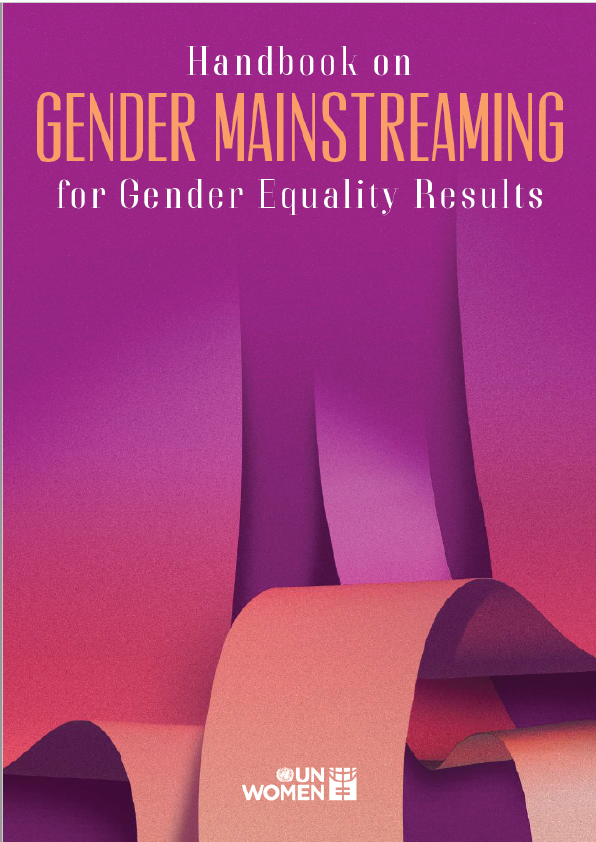A History of Work – Valuing Work!
Some of the most lasting, endearing, and truly spectacular modern marvels are the direct result of large scale work projects! The US Works Projects Administration (WPA) of 1935 employed many unemployed and unskilled laborers for public works. Work projects that utilized the manpower of thousands of workers, specially crafted tools and equipment, organized processes and procedures, the best engineering know-how of the moment. Each effort in its own right resulted in lessons learned that many of us today use in our present work environments. Let’s look at a couple of these great feats of collective people power, as well as a few from antiquity, and reflect on our current expectations for working safely as we prepare to explore present day standards for keeping workers safe.
The Great Wall of China
What is fascinating regarding the Great Wall of China is of course the ‘why’ of its creation and that today it is an ancient and great wonder of the world. The wall, believed to be more than 12,000 miles in length, was constructed by laborers forced and free during the reigns of various Chinese dynasties over a period of about 2344 years. The Great Wall is in fact hundreds of sections of walls, fortresses, fortifications, for defense and for protecting acquired territories. The walls were most often built by those who were both laborers and warriors.
Interesting data to consider: As many as 1.8 million men were laboring on the walls during dynastic periods of the Northern Qi and the Northern Zhou (550-580 BC). As many as 500,000 people died building the wall during the Sui dynasty (581-618 BC). The walls were constructed of rammed earth (taipa in Portuguese), stone, rock, and in more modern times brick, masonry, concrete and tile. Construction and refurbishment of some sections of the wall continues today with the Ming Dynasty being the last great medieval dynasty to fortify sections of the wall.
The Great Pyramids of Giza
The Great Pyramid of Giza is believed to have been built in the 26th century BCE and took approximately 30 years to complete. Archaeologists have surmised that the most reasonable explanation for the undertaking was religious in nature as the great Kings and Queens of Egypt along with their treasures were entombed within the structure. The dimensions of the pyramid are believed to have once measured 280 cubits (146.7 m; 481.4 ft) high, a base length of 440 cubits (230.6 m; 756.4 ft) square, and with a slope of 51°50’40 is now about 90% of its original size.
Interesting data to consider: It is believed that about an average of 13000 people with peaks at about 40000 people completed the construction of the pyramids over a 30 year span. The tools used consisted of hardened arsenic copper chisels, wooden mallets, ropes and stone tools. The Great Pyramid consists of an estimated 2.3 million blocks. Approximately 5.5 million tons of limestone, 8,000 tons of granite, and 500,000 tons of mortar were used in the construction. Workers excavated the blocks of stone from quarries and researchers estimate that about 3,500 quarry-men could have produced the 250 blocks/day needed to complete the Great Pyramid in 27 years.
The Panama Canal
Considered to be one of the seven wonders of the modern world, the Panama Canal is esteemed to be one of the most difficult engineering undertakings ever completed. The canal is an artificial 82 km (51 mi) waterway in Panama that connects the Atlantic Ocean with the Pacific Ocean. It cuts across the Isthmus of Panama and is essential for maritime trade. Completed in 1914 the canal took more than ten years to construct. It was originally started by the French in 1881 which ceased working on the project due to high worker mortality. The US completed the project two years ahead of schedule after taking over from the French in 1904.











